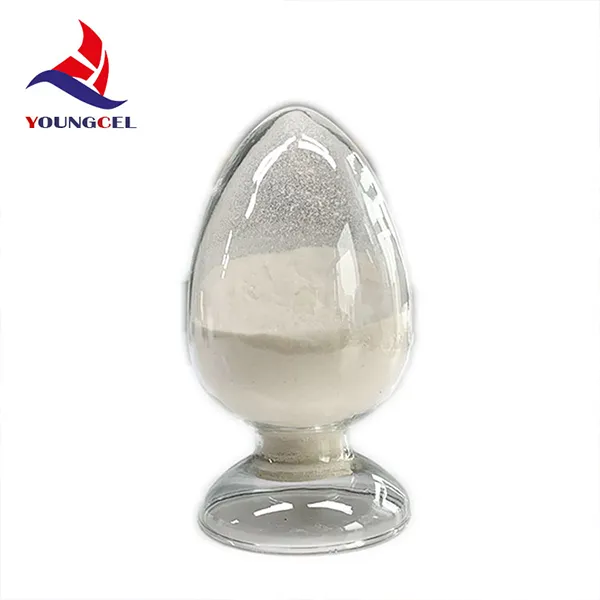Understanding HPMC A Versatile Chemical Compound
Hydroxypropyl Methylcellulose (HPMC) is a cellulose derivative that has garnered significant attention in various industries due to its versatile applications. As a non-ionic, water-soluble polymer, HPMC is widely utilized in pharmaceuticals, food, cosmetics, and construction materials, thanks to its unique chemical properties and functional advantages.
Chemical Structure and Properties
HPMC is synthesized by the etherification of cellulose, wherein hydroxypropyl and methyl groups are introduced into the cellulose molecule. This modification enhances the solubility and stability of cellulose, allowing HPMC to dissolve in both cold and hot water, forming a transparent and viscous solution. The degree of hydroxypropyl and methyl substitutions can be adjusted during the manufacturing process, resulting in various grades of HPMC with distinct properties. These can be tailored for specific applications, including viscosity, gel strength, and film-forming characteristics.
Applications in Pharmaceuticals
One of the most significant applications of HPMC is in the pharmaceutical industry. It acts as an excipient, serving multiple purposes, such as a binder in tablet formulations, a thickening agent in suspension medications, and a coating polymer for controlled-release drug delivery systems. Its non-toxic nature and compatibility with a wide range of active ingredients make HPMC an ideal choice for formulating both solid and liquid medications. Furthermore, HPMC's ability to form gels enhances the stability and bioavailability of drugs, contributing to more effective therapies.
Role in Food Industry
chemic hpmc

In the food industry, HPMC is widely used as a food additive. It functions as a thickener, stabilizer, and emulsifier, improving the texture and consistency of various food products. For instance, HPMC is often added to sauces, dressings, and dairy products to enhance mouthfeel and prevent separation. Its plant-derived origins make it an appealing option for those seeking vegan or gluten-free alternatives, ensuring that food products can cater to diverse dietary needs.
HPMC in Cosmetic Products
The cosmetic and personal care sectors have also embraced HPMC for its beneficial properties. It acts as a thickening agent in lotions and creams, providing desirable viscosity that enhances product application and stability. HPMC is often found in hair gels, shampoos, and conditioners, where it aids in maintaining the desired texture while conditioning and moisturizing the hair. Its film-forming capabilities offer a protective barrier on the skin or hair, providing additional aesthetic and functional benefits.
Construction and Other Industries
Beyond pharmaceuticals, food, and cosmetics, HPMC finds applications in the construction industry as well. It is commonly used as a binder in tile adhesives, plaster, and joint compounds, improving workability, adhesion, and water retention. Such properties are crucial for producing durable and resilient materials suitable for various construction projects. The importance of HPMC is further highlighted in the field of oil drilling, where it acts as a viscosifier and fluid loss control agent in drilling muds.
Conclusion
In conclusion, Hydroxypropyl Methylcellulose (HPMC) is a remarkable chemical compound that has established its relevance across multiple industries. Its versatile applications, safety profile, and functional benefits make it a critical ingredient in pharmaceuticals, food production, cosmetics, and construction materials. As industries continue to advance and seek innovative solutions, HPMC’s adaptability and performance will undoubtedly keep it at the forefront of material science, driving future developments and enhancing product efficacy in diverse fields. Whether in medicine or everyday products, HPMC remains an essential component that exemplifies the importance of polymers in modern technology.
-
Premium Detergent Grade HPMC Hydroxypropyl Methylcellulose: Superior Thickening & StabilityNewsAug.31,2025
-
HEC 100000 Hydroxyethylcellulose for Paint | Superior ThickeningNewsAug.30,2025
-
Wall Putty Rdp Powder Packaging DesignNewsAug.29,2025
-
Introduction to Hpmc Hydroxypropyl Methyl CellulosNewsAug.29,2025
-
Hpmc Industri Grade IntegrationNewsAug.29,2025
-
How to Choose the Right Construction AdhesiveNewsAug.29,2025




